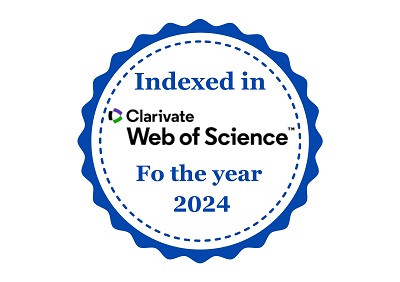An Overview of Sophisticated Crystal Growth
Keywords:
Crystals, component atoms, ions, molecules, polycrystals, amorphous materialsAbstract
The arrangement of the atoms, ions, or molecules in a single crystal may lead to the formation of polycrystals or an amorphous material; these are all examples of solid state materials. In a perfect crystal, the atomic lattice repeats with a certain frequency and size in each of the three dimensions. True crystals have size constraints and flaws. A wide range of scientific disciplines are involved in crystal development, including chemistry, crystallography, mineralogy, metallurgy, chemical engineering, materials science, and physics. Fourier transform infrared analysis verified the existence of crystal vibration modes and functional groups. The crystal has a lower UV cutoff wavelength, as seen by the absorption spectra. The ZTS crystal was found to be of high quality and optically clear during UV-visible examination. The results of the microhardness test place the crystal in the category of rather soft materials. Thermal stability up to 236.92˚C, 238.77˚C, and 242.52˚C were verified by the thermo gravimetric analysis of the grown pure, 1 mole %, and 2 mole % KI doped ZTS crystals, respectively. Doping a ZTS crystal with KI increases its SHG efficiency. The crystals' elemental compositions were determined by using Energy Dispersive X-ray analysis.











